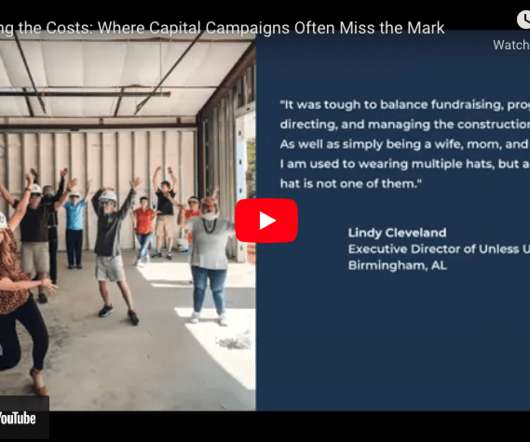Citizen Tech: Social Media in Disaster Response
Amy Sample Ward
FEBRUARY 19, 2011
I’m joining a panel to talk about the response for support after the Haiti earthquakes last year. On the morning of July 7th, a page was created for the events taking place in central London and as both television news and personal witnesses revealed more information the page content grew – by the minute. Indirect Content.






















Let's personalize your content